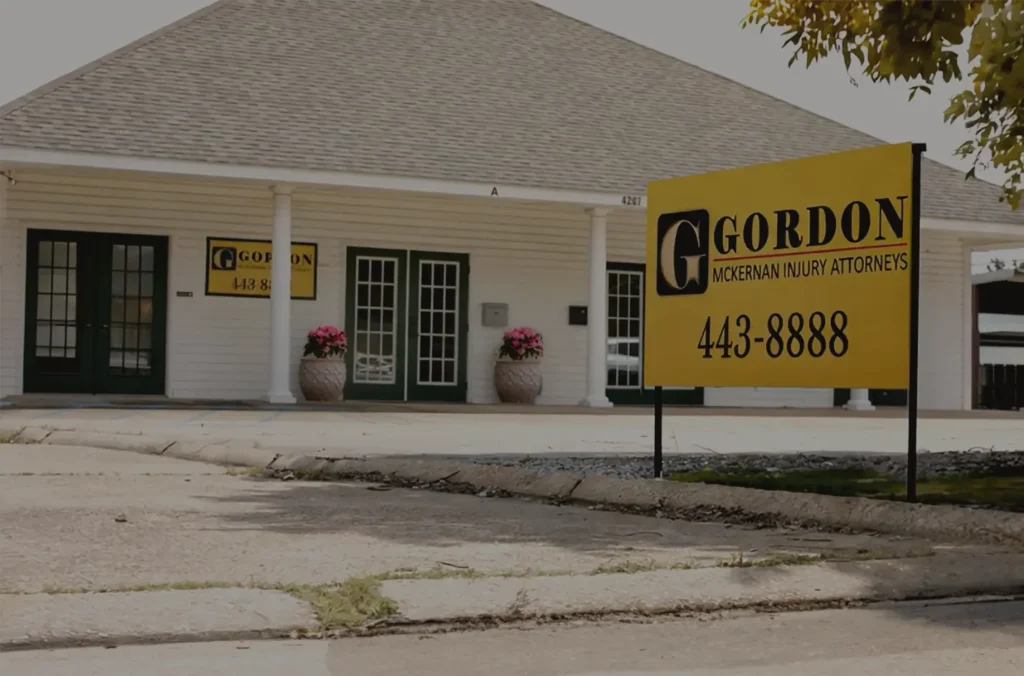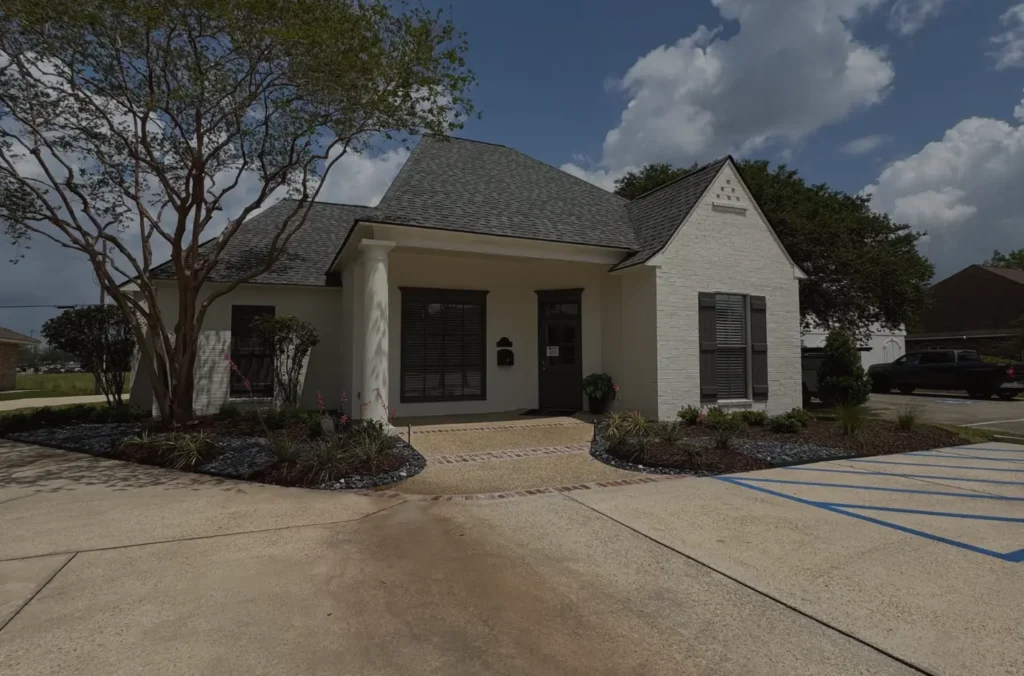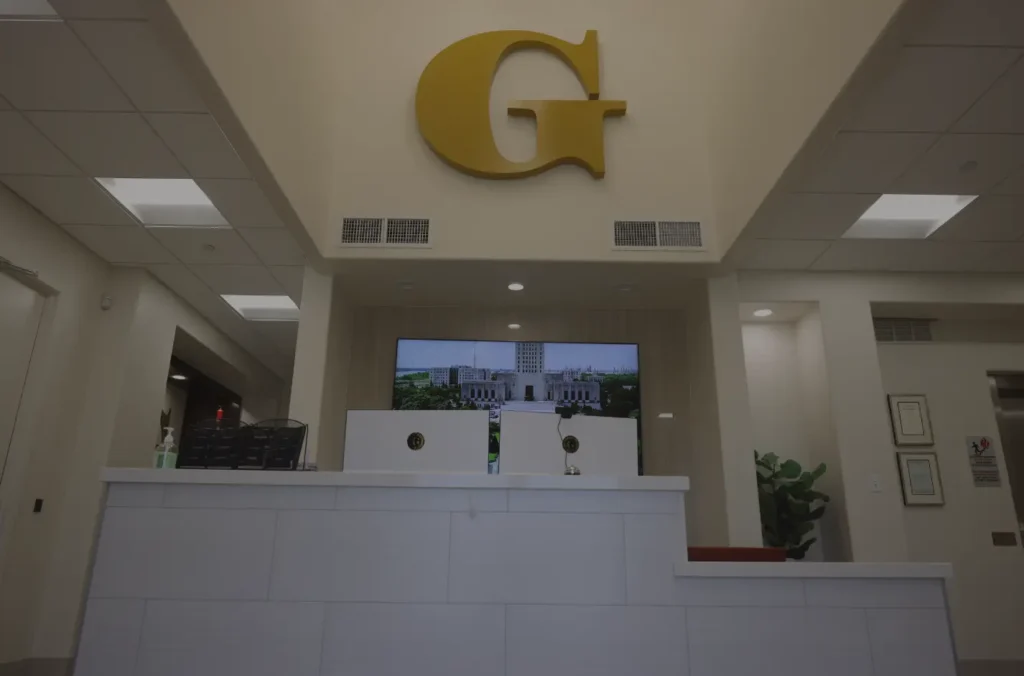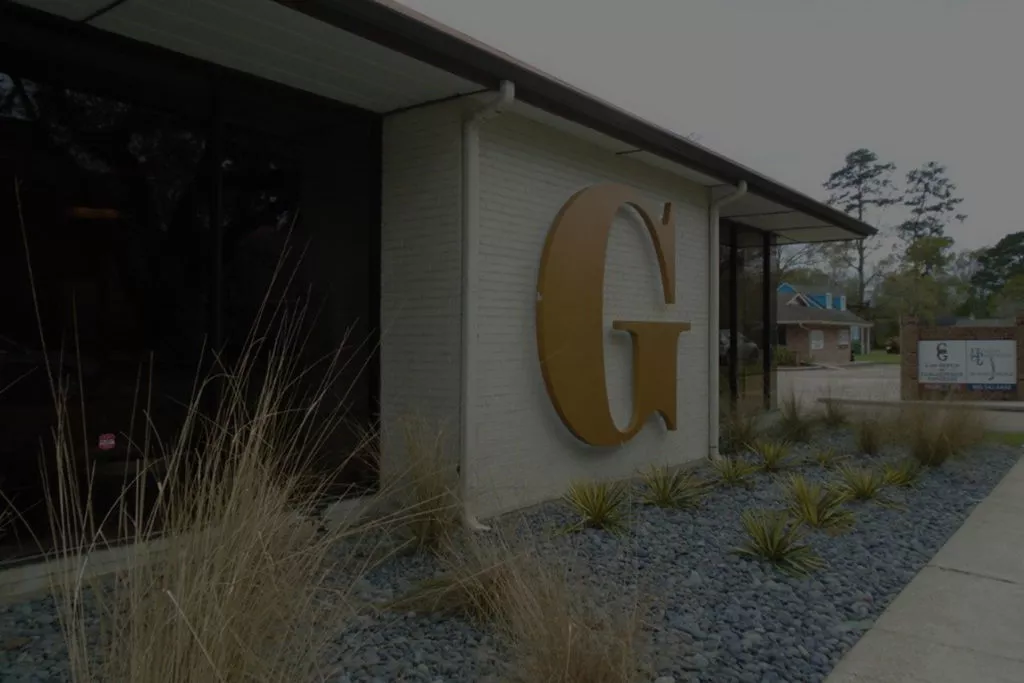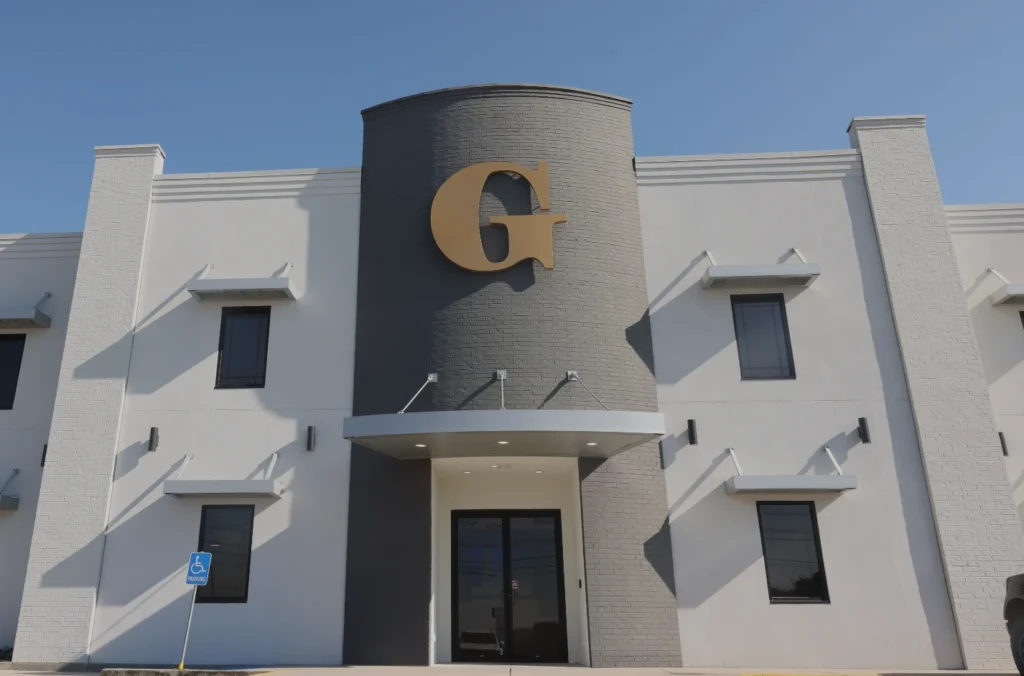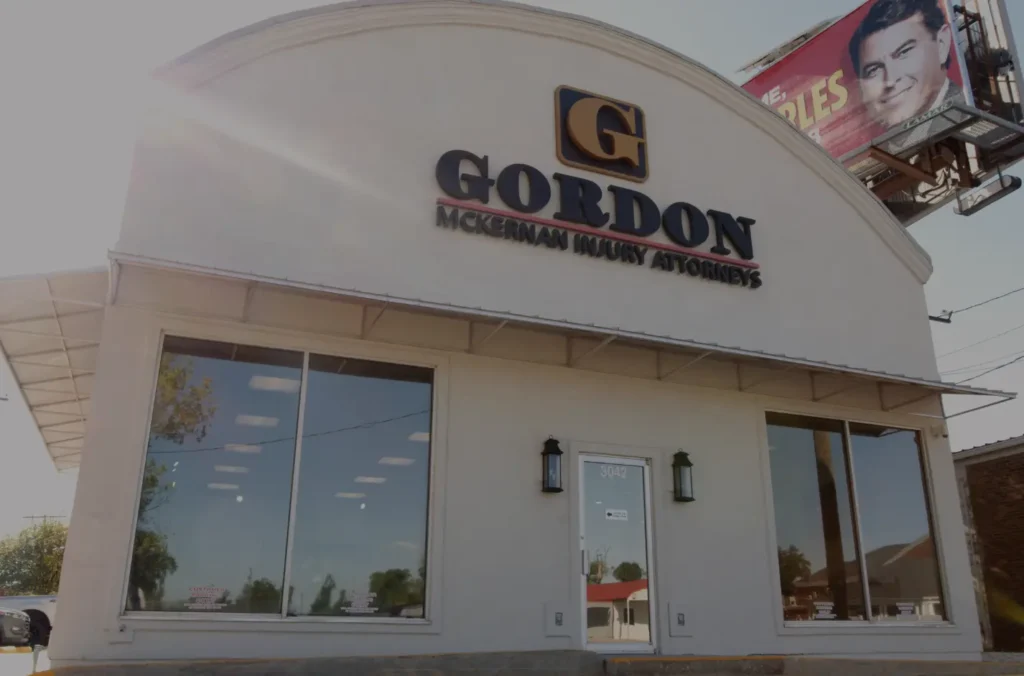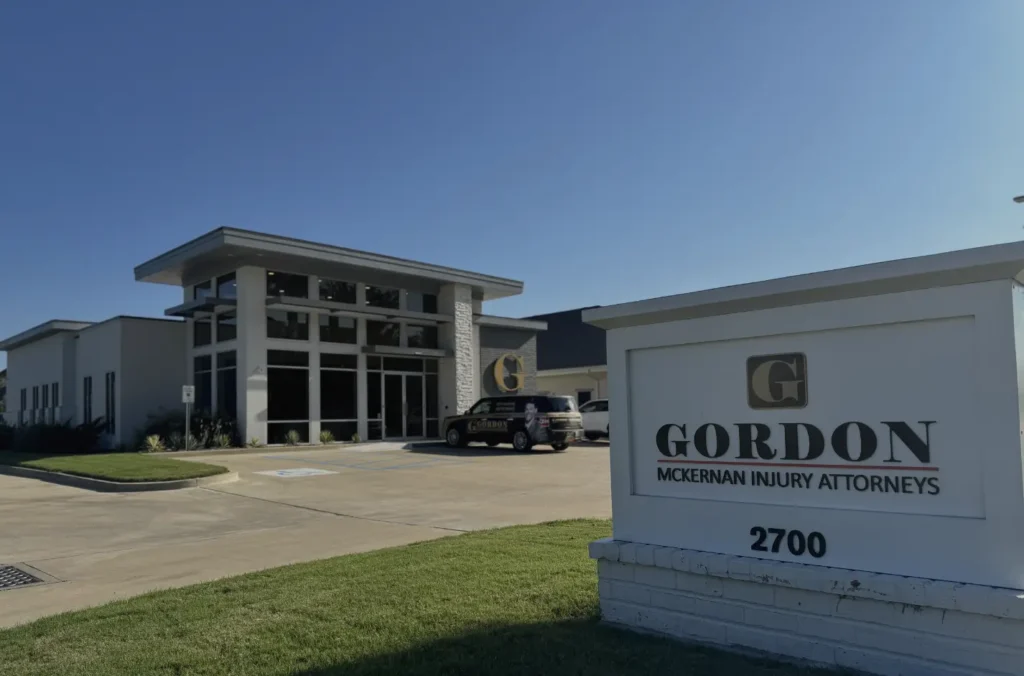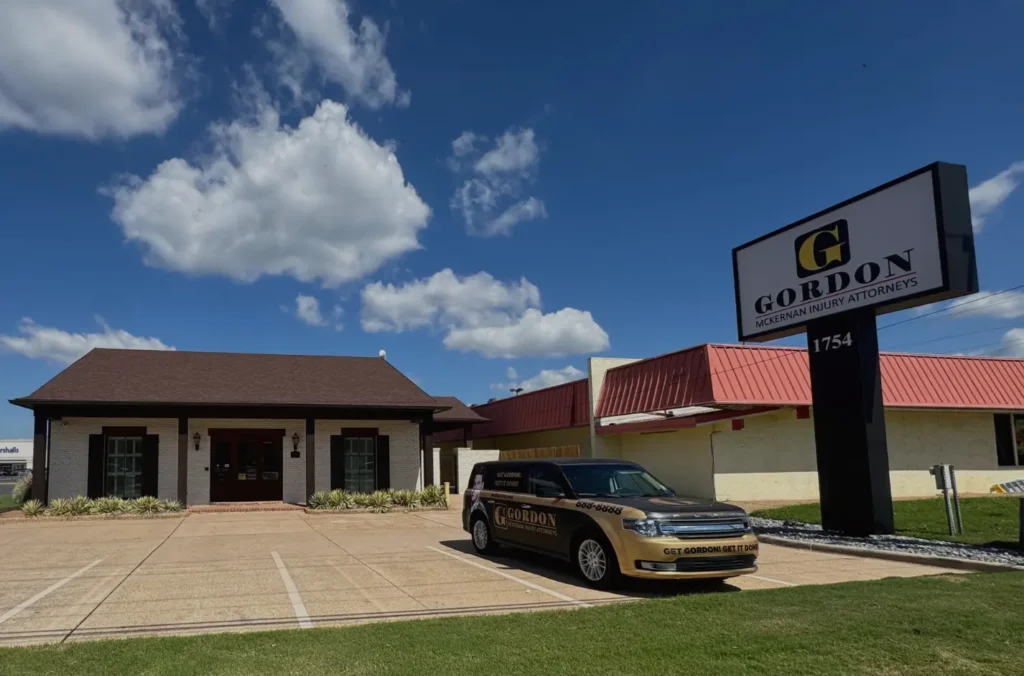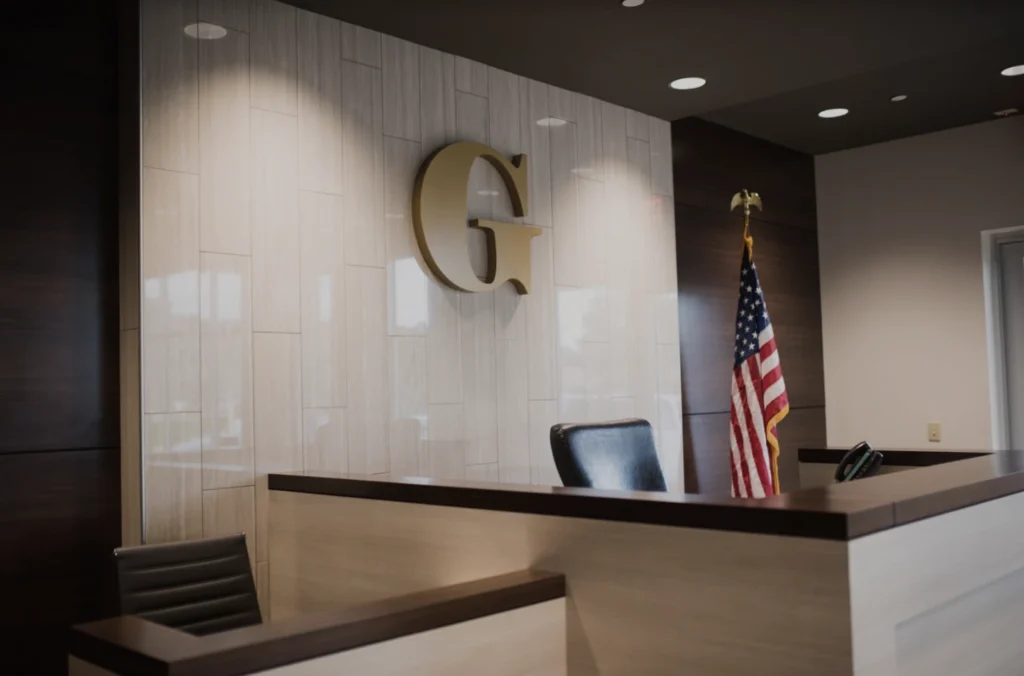Louisiana Right of Way Rules: Explained
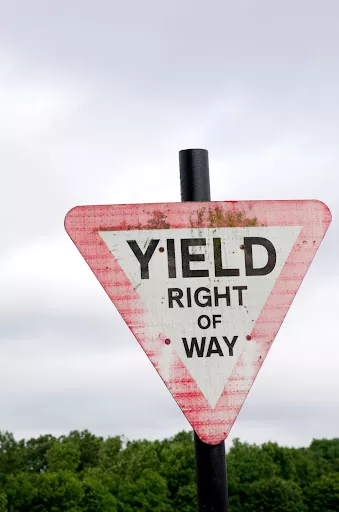
Whether you’re driving to work, taking a day trip to one of Louisiana’s beautiful parks, or walking in one of our bustling towns, you are subject to Louisiana’s right of way laws. A right of way rule defines who must yield to whom at a given intersection, and applies to everyone using the road, whether they be in a car, truck, bicycle, motorcycle, or even walking.
In the event of a traffic accident, the right of way becomes vitally important: if one party has failed to yield the right of way, they may held legally responsible for the damages suffered by the other party, such as medical bills, lost wages, pain, and suffering.
Louisiana’s right of way laws have been written to keep all road users safe while keeping traffic moving. However, not all of them are immediately obvious. Read on to discover how Louisiana law defines the right of way and how infractions are punished.
What is the Right of Way?
In regards to traffic laws, the right of way refers to the vehicle or pedestrian who has the right to proceed first when turning, crossing an intersection, using a crosswalk, merging into a lane, and more. While right of way rules can be used as a way to help determine fault in a car accident, depending on the law, they do not necessarily provide blanket legal protections for a particular party in the event of a collision. In many cases, they are simply rules that are in place to help traffic flow efficiently in a variety of situations.
Who Has the Right of Way at an Intersection?
Louisiana intersections are some of the most dangerous places for motor vehicle accidents. According to the National Highway Traffic Safety Administration (NHTSA), there were 442 fatal crashes at Louisiana intersections between 2014 and 2016.
The majority of intersection crashes are caused by failing to yield the right of way. When you’re at an intersection, be aware of the following right of way laws:
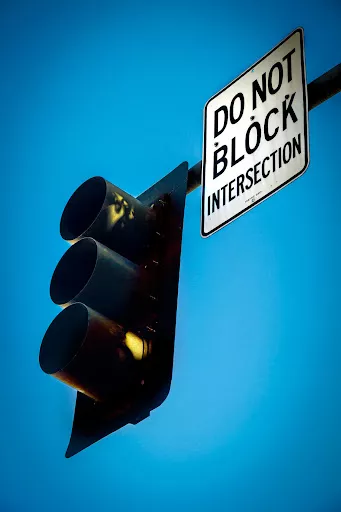
- If you’re facing a yield sign, you must slow down and yield to oncoming traffic until it is safe to proceed. Once you’re able to proceed through the intersection without disrupting oncoming traffic flow, you may do so.
- When a vehicle turning left meets a vehicle traveling straight through an intersection, the left-turning vehicle should yield the right of way.
- According to Louisiana R.S. 32:124, a vehicle that’s entering or crossing a highway from a private road, driveway, alley, or building shall stop and yield the right of way to pedestrians and approaching vehicles.
- Drivers with a green light can go straight or turn right or left, unless prohibited by posted signage. Left-turning drivers must yield to oncoming traffic at an unprotected, solid green light, and all drivers must yield to pedestrians and vehicles within the intersection.
Who Has the Right of Way at a Four-way Stop?
A four-way stop requires all approaching drivers to stop and check for safety before proceeding. When you’re approaching a four-way stop, drivers who stopped before you have the right of way. If two or more vehicles reach the intersection at the same time, the driver on the left must yield. If the other driver is on your right, that means you must yield.
Who Has the Right of Way at an Uncontrolled Intersection?
If the traffic lights at an intersection aren’t working, or if you’re approaching a rural intersection without any signage, approach cautiously and yield the right of way to the vehicle that was there first, or the one to your right.
Basically, if an intersection is uncontrolled, approach it the same way as you would a four-way stop and proceed with caution.
When Do Emergency Vehicles Have the Right of Way?
Any time an emergency vehicle has its lights flashing and sirens sounding, it has the right of way. Other drivers must pull over and allow the vehicle to pass.
Even if you’re already in an intersection as the emergency vehicle approaches, pull over as far as you can to allow it to pass. Time is of the essence in an emergency, and it’s vital that the first responders can get to the scene as quickly as possible.
Who Has the Right of Way in a Parking Lot?
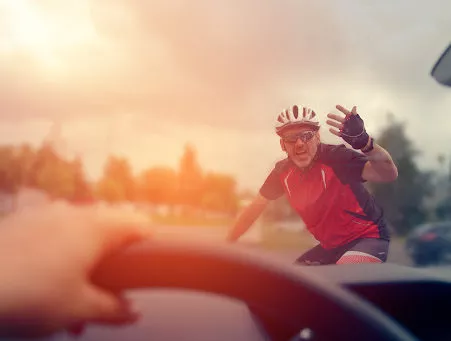
Determining the right of way in parking lots can be challenging due to a wide variety of driving situations such as stop signs, uncontrolled intersections, pedestrian crossings, and more. Depending on which situation you find yourself in, refer to its appropriate right of way rules and if you’re involved in a parking lot accident, call a parking lot accident lawyer as soon as possible.
For example, a car that’s backing out of a parking space should yield right of way to a car in the feeder lane. However, if the driver is acting recklessly or negligent, they could be held at-fault for your parking lot crash.
When Do Pedestrians Have the Right of Way?
Louisiana R.S. 32:212 states that pedestrians have the right of way when in a crosswalk and when given the right of way by a traffic light, or whenever there is no working traffic signal at the intersection. Pedestrians who are blind and with a cane or guide dog always have the right of way, and you must come to a complete stop if necessary to avoid a collision.
However, other pedestrians are forbidden to “suddenly leave a curb or other place of safety and walk or run into the path of a vehicle which is so close that it is impossible for a driver to yield.”
Finally, if another vehicle is stopped in front of you at a crosswalk in order to permit a pedestrian to cross the roadway, you are not allowed to overtake or pass the stopped vehicle.
Penalties for Failing to Yield the Right of Way
Failing to yield the right of way in traffic can lead to a car accident causing hundreds or thousands in damages, personal injury, and even wrongful death. In such accidents, the driver who failed to yield could be held liable for these damages, including
- Medical bills, including hospital stays, surgeries, and other expenses
- Physical pain and suffering
- Permanent impairments and disabilities
- Lost wages and benefits, as well as lost future earning capacity
- Emotional or mental distress
- Loss of enjoyment of life
What to Do If You’re the Victim of a Right of Way Crash
If you’re involved in a right of way crash, call the police immediately to report it. You should also exchange information with the other driver, including name and insurance information.

Take pictures and video of the accident scene if you can, and make your own notes about what happened and the conditions of the accident. Report the accident to your own insurance as quickly as possible and begin the claims process.
Before accepting a settlement from insurance, call Gordon McKernan Injury Attorneys at 888.501.7888 for a free consultation as to your legal options. We’ve helped thousands of Louisiana accident victims recover over $3 Billion in compensation for their injuries, and we can help you too.

Office Locations
© 2025 Gordon McKernan Injury Attorneys.

